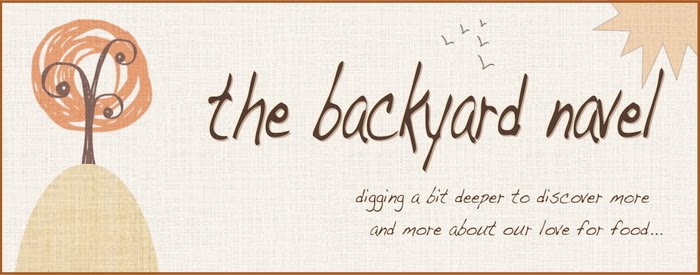(the copper river in alaska, source of some of the finest
salmon in the world, via walt k's photostream.)
so, to break the silence, more on salmon, starting with the comment:
how does one know if the "wild salmon" served in a restaurant, really is viable wild salmon?and, my attempt to answer...
first off, our consciousness needs to improve on all aspects of seafood, not just salmon. with that, the monterey bay aquarium has established a program that constantly studies and analyzes the status of catch around the world, and rates their finds in a guide that's available for anyone to use (broken down depending on where you live in the u.s.).
go here to get it. but seriously, go there. and don't just read it, but print this out and bring it with you. or better yet, do the environment one better and download the app on your phone!
(the seafood card i use here in chicago. where is yours?)
right now, wild alaskan salmon (and that's what the menu needs to read, be it king, sockeye, or coho) is the only salmon you should feel good about eating. even then, eat in moderation. the demand is far too great if we consistently eat this fish and will eventually deplete the supply if it remains the only sustainable salmon option.
the western u.s. wild salmon fishing is on the rise, and hopefully even california will enter the picture as a local option, which is what we need. currently, wild salmon from washington is recommended as an alternative to wild alaskan.
which leaves us with farmed and atlantic salmon - which, like i point out in the post, is farmed salmon from european countries on the atlantic seaboard like norway, scotland, ireland, and iceland.
that said, some european salmon farms are on the upswing in practices and soon enough we may see a shift.
(the seafood card i'll use when traveling to
california this summer... unless it changes.)
so when you're at a sushi bar and all the menu reads is "salmon." ask where it's from. most sushi bars will print "wild alaskan" or "king salmon" because it costs them far more to purchase, and hence will charge you more to eat it. whether you're at a chain restaurant like maggiano's or a steakhouse like ruth's chris or you're even at some swanky restaurant in a downtown hotel, even then, avoid the salmon—if you truly want to make a difference both for yourself, our fisheries, and the environment—unless it reads... "wild alaskan!" simple enough, right?
(and, finally, the seafood card i use when eating sushi!)
the other thing to do? try other fish! go to the link above and find out what other options there are for you. just because you don't recognize the name of this fish doesn't mean it's not worth eating. you'd be surprised how good these fish are, and might even like them better than the beloved salmon...









No comments:
Post a Comment